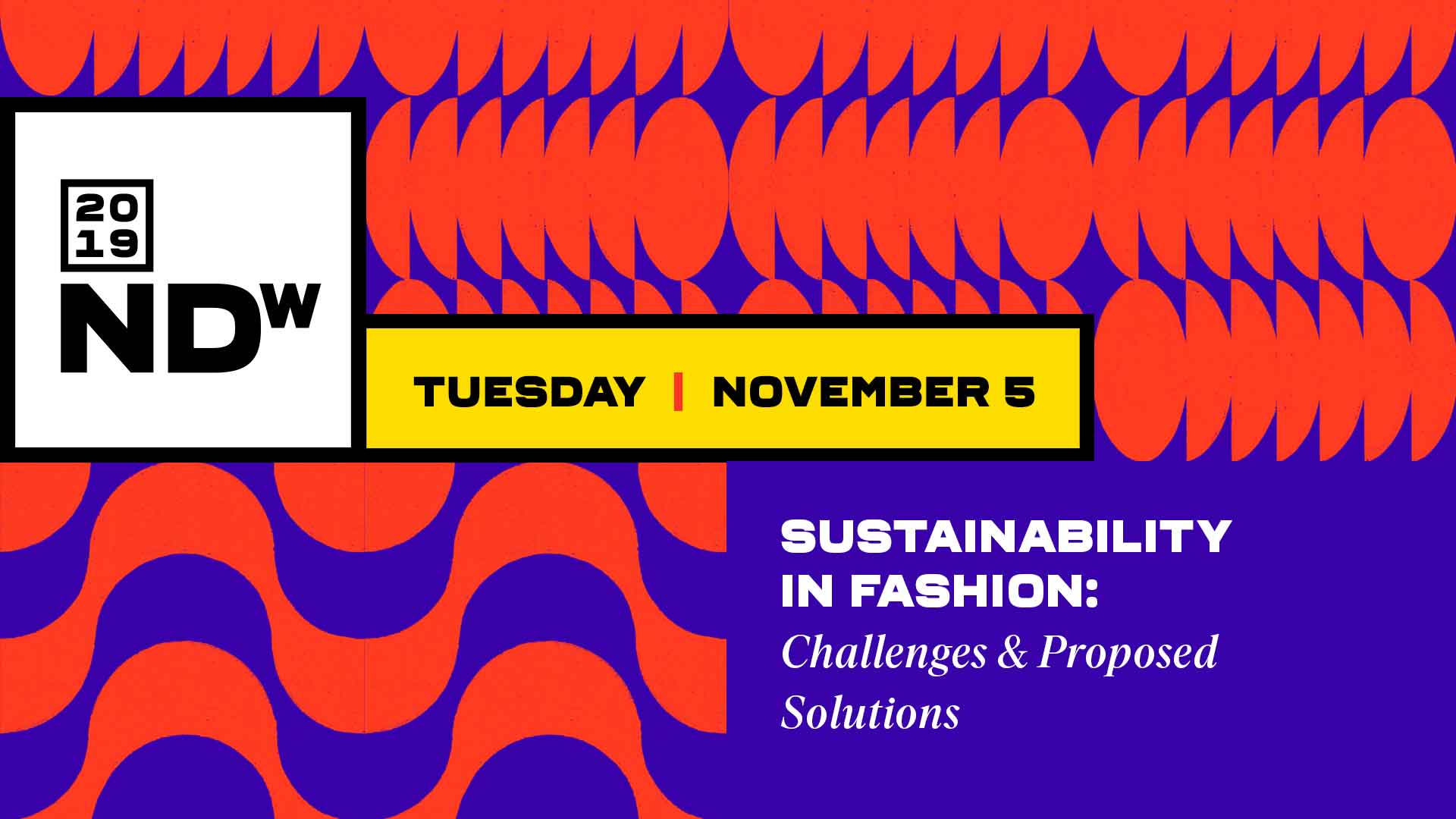
Sustainability Audit
In 2019 I was challenged to take part in an event for Nashville Design Week called “Sustainability in Fashion: Challenges and Proposed Solutions,” which challenged local fashion brands to commit to better practices in their everyday operations. Van Hoang and Alfred Williams & Company Nashville hosted this event in November.
Van Hoang is the owner of her self-titled clothing brand located in Nashville, TN that is committed to ethical and sustainable practices. “[Their] goal is to provide beautiful clothing while minimizing [their] environmental impact as much as possible.” Speaking with her briefly inspired me to engage in an analysis of my own business practices and improve where needed.
Moving forward, I challenged myself to partake in a “sustainability audit,” which involved analyzing every aspect of my business and asking the question, “How can I make this better for the world?” It is no small task for anyone, but for a smaller business, I was able to recognize certain practices that were not set in stone and make them a little bit better.
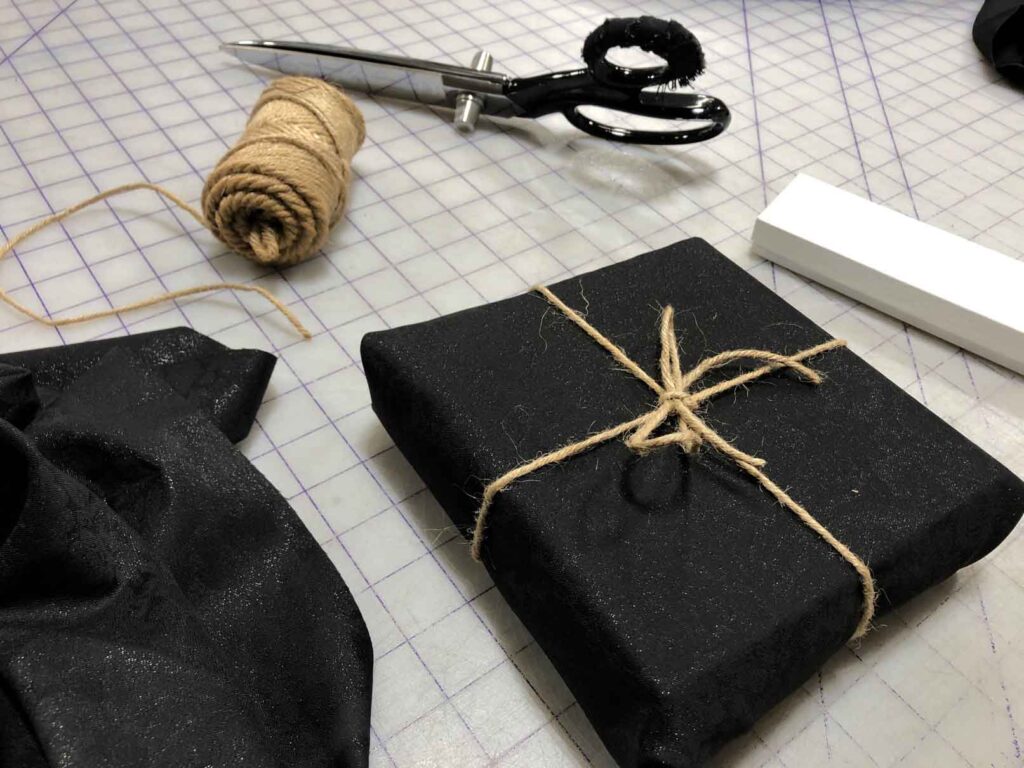
An example: I realized that I was providing my customers with plastic hangers, so I decided to upgrade all the shop’s off-the-rack inventory to long-lasting natural hangars made of wood. This was a significant investment, but it is something that I truly believe will have a lasting effect on our planet.
Garment Bags
As a bespoke & custom clothier, there is a relatively small amount of waste that comes from our shop. The waste materials that we discard are, for the most part, natural fibers such as cotton, wool, or silk. On the other hand, I realized that the garment bags we have been utilizing are made of some cheap synthetic material, manufactured in mass quantities overseas. This made me wonder if there was another, more sustainable material that could take its place.

As I researched, organic hemp stood out to me as a contender for various reasons:
- strongest natural plant fiber
- biodegradable
- carbon negative
- antimicrobial
- wrinkle-resistant
- uses less water and acreage than cotton
- disease and insect resistant (no need for pesticides & chemicals)
The choice was obvious: I found a company based in Vista, California called Hemp Zoo that manufactures various products using organic hemp fabrics and had them make my first batch of 100 standard suit-sized garment bags, which I have been proudly and happily distributing to my bespoke and custom clients.
As a side note, due to the tornados that passed through the Nashville and Middle Tennessee area the morning of March 3, my shop sustained major water damage, and these bags saved and protected my precious garment children from mildew and mold for three months. That’s a story for another day.
Today, the fashion industry is the second largest pollutant in the world. I encourage small (and large) businesses everywhere to take a second look at their everyday practices and see if there is any way to bring new ideas or technology in that would decrease their carbon and environmental footprint. For all of us, these are some easy ways to make an impact:
- recycle paper, aluminum, and glass
- recycle/reuse packaging and shipping materials
- ship in bulk when possible to reduce trips
- conserve as much dead stock as possible
- use natural fibers in our garments
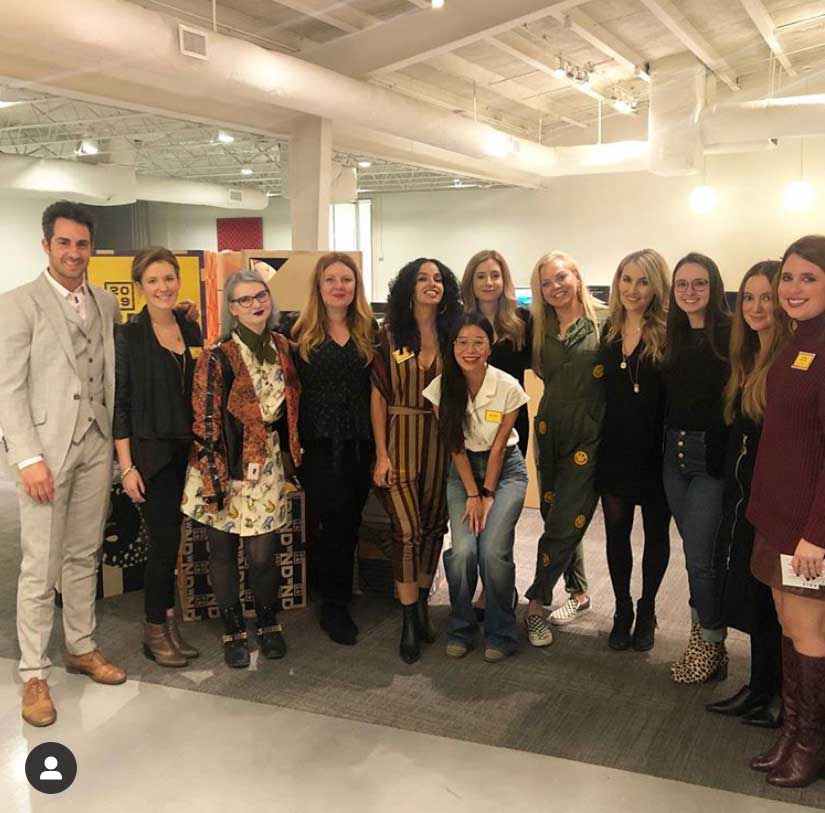
Improvement Opportunites:
Just like us, brands everywhere are making pledges to sustainability, although, for many of them, it’s difficult to fully understand the footprint that their supply chain has on the environment. By the year 2030, the fashion industry is projected to increase its’ footprint by 63% up from 2017 as a result of increased demand for apparel. So what are we doing right? There are several main ways that the fashion industry is trying to reduce its footprint on climate change.
Using Sustainable Practices/Fibers – Farming using organic techniques reduces the amount of chemicals going into the ground and rivers. Hemp fibers are replacing cotton because they require much less water. Tencel is a sustainable, natural fiber made from trees that is being utilized more and more. Leather may soon be replaced by a fungi substitute. Creativity is infinite and the list continues growing.
Circularity Theory – is focused on keeping existing fibers in circulation for as long as possible. Stretch fibers and hardware make this a difficult task. Implementing these practices on such garments require new technological innovation as well as new circular supply systems.
Recycling Natural Fibers – Unusable textiles are sorted, shredded, then cleaned and re-spun for reuse in new textiles. Some existing products that have been gently used are resold in other markets overseas.
Recycling Synthetic Fibers – Man-made fibers from existing garments or products are ground up and processed to then be reused to create new synthetic fibers. This process helps but is costly and contributes to high carbon monoxide outputs.
Many old clothes and textile products are sent straight to the trash (about 85%,) when about a good portion of them could be reused and recycled. Synthetic textiles (i.e. polyester, nylon) are not designed to decompose and it can take hundreds of years for natural fibers to break down once they are in a landfill.
The good news is that sustainability could be the number one determining factor that guides a consumer to a particular brand and keeps them loyal. If companies and governments continue to work together to improve practices, the fashion industry can dramatically induce change. Above all, we must change our mentality from being a culture that is accustomed to disposable products to a culture that repairs and recycles.
Sources:
Rivet Magazine’s Jean Therapy Report
Sourcing Journal”s 2020 Sustainability Report


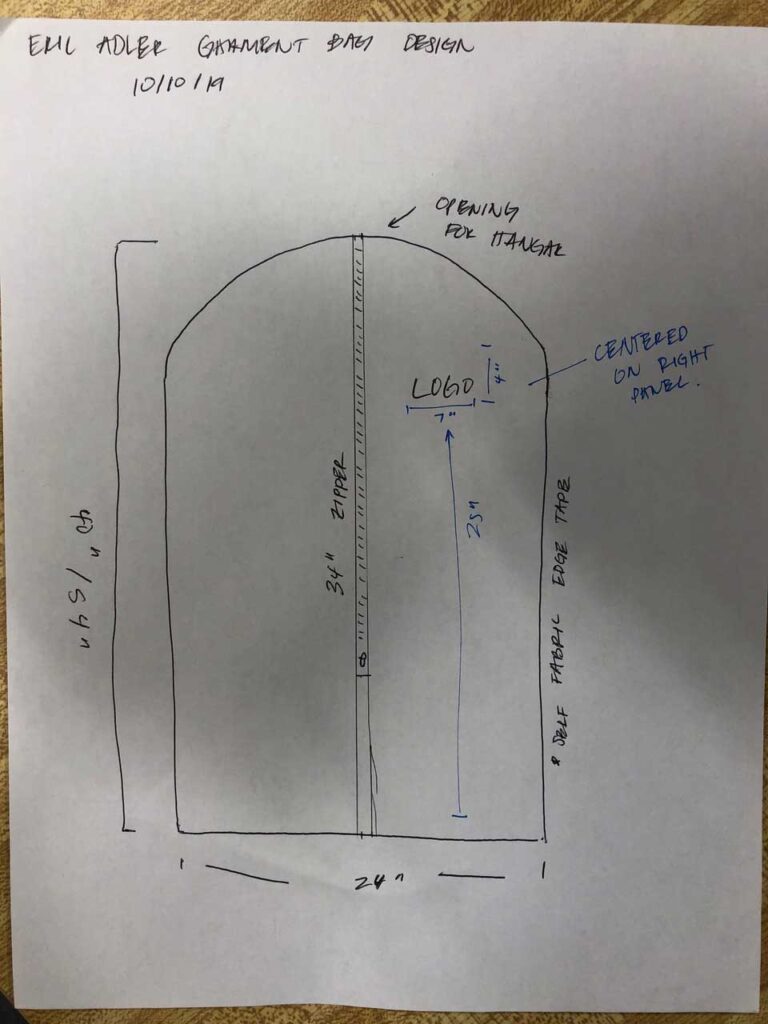
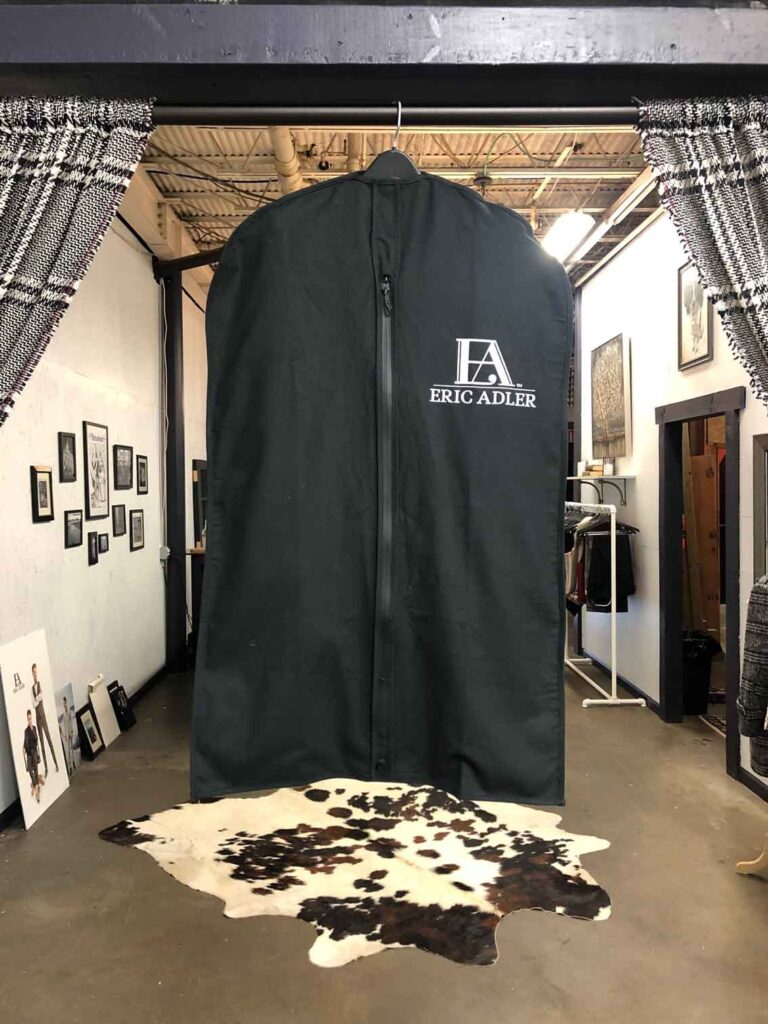
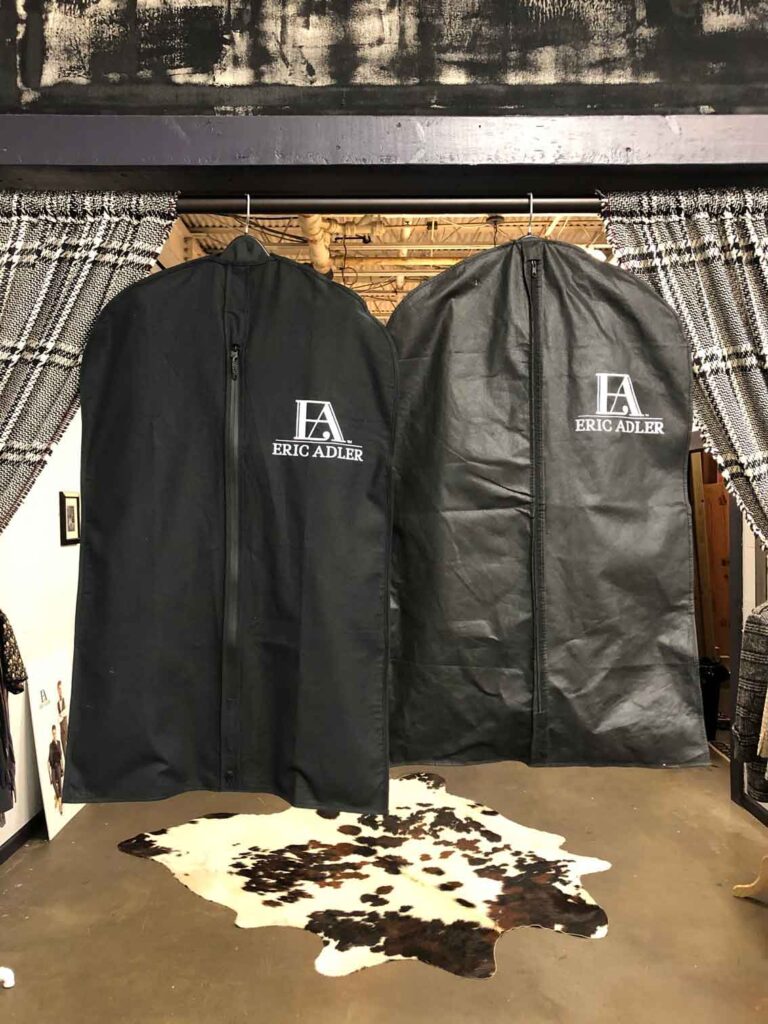
Recent Comments